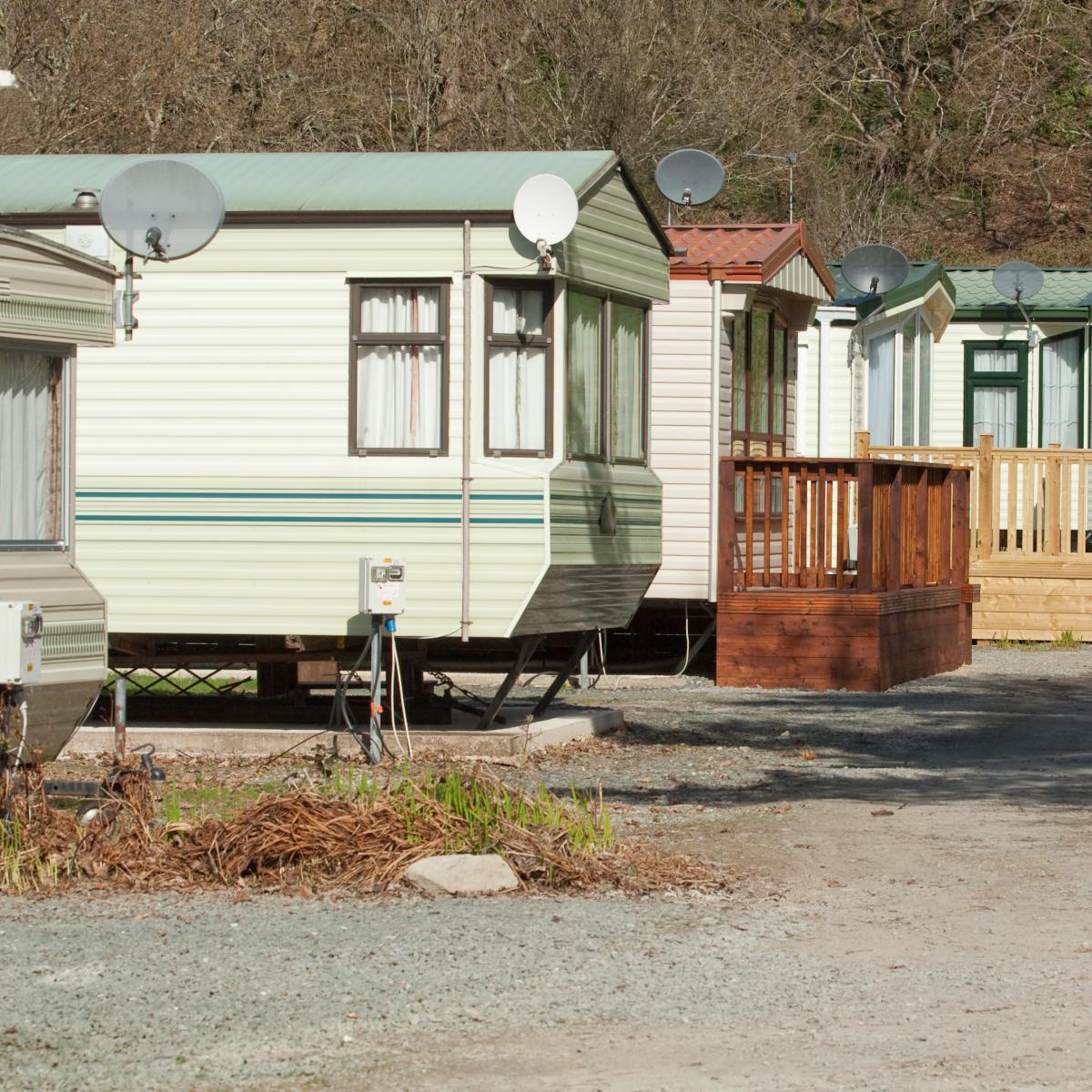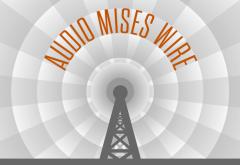The Federal Reserve is helping corporate real estate investors evict poor people from mobile home parks. NPR highlighted the growing number of mobile home part evictions. According to the report, real estate investors continue to buy up mobile home parks across the US. They then raise lot rents and fees, and evict residents who can’t pay. As the report explains, the government makes this scheme possible with easy financing through agencies such as Fannie Mae and Freddie Mac. Here’s how it works in a nutshell. A company raises rates and fees in a park. That makes the park more valuable. So they can now borrow more money against it, kind of like when you refi your house and get cash out of the deal. They pull out, say, million, and they use that to go buy another
Topics:
Mike Maharrey considers the following as important: 6b) Mises.org, Featured, newsletter
This could be interesting, too:
Nachrichten Ticker - www.finanzen.ch writes Die Performance der Kryptowährungen in KW 9: Das hat sich bei Bitcoin, Ether & Co. getan
Nachrichten Ticker - www.finanzen.ch writes Wer verbirgt sich hinter der Ethereum-Technologie?
Martin Hartmann writes Eine Analyse nach den Lehren von Milton Friedman
Marc Chandler writes March 2025 Monthly
 The Federal Reserve is helping corporate real estate investors evict poor people from mobile home parks.
The Federal Reserve is helping corporate real estate investors evict poor people from mobile home parks.
NPR highlighted the growing number of mobile home part evictions. According to the report, real estate investors continue to buy up mobile home parks across the US. They then raise lot rents and fees, and evict residents who can’t pay.
As the report explains, the government makes this scheme possible with easy financing through agencies such as Fannie Mae and Freddie Mac. Here’s how it works in a nutshell.
A company raises rates and fees in a park. That makes the park more valuable. So they can now borrow more money against it, kind of like when you refi your house and get cash out of the deal. They pull out, say, $3 million, and they use that to go buy another mobile home park. And then they do that again and again. It’s a cascade of borrowed money. And often, these loans are backed by the US government. They provide very, very low-cost debt for these investors to get enough cash out to go buy additional parks. The loans have super cheap interest rates because they’re guaranteed by Fannie Mae and Freddie Mac, the government-backed entities at the heart of the US mortgage market.”
NPR gets part of the story right. In fact, it’s pretty impressive that they didn’t just pin the blame on “greedy capitalists.”
Nevertheless, the story completely misses the biggest player in this game—the Federal Reserve.
NPR asserts that the interest rates are low because the government backs the loans. That’s certainly part of the equation. But it’s the central bank that pushes interest rates to artificially low levels. And the Fed also makes it possible for these quasi-governmental agencies to continue to buy loans through its quantitative easing program.
Fannie Mae and Freddie Mac don’t make the actual loans. Private banks do that. The banks then sell the mortgages on the secondary market. That’s where Freddie and Fannie step in. These government-backed enterprises buy mortgages and package them into “mortgage-backed securities” (MBS). As Investopedia explains, an MBS “represents an interest in the pool of mortgages. Like bonds, an MBS makes coupon payments to investors.”
By selling mortgages on the secondary market, banks also shed the risk inherent in lending money. When Fannie and Freddie buy a mortgage, they also buy the risk of non-payment. Securitizing the risk and selling mortgage-backed securities dilute the risk further. With multiple mortgages bundled together into one security, one or two defaults won’t have much impact on the MBS. But as we saw in 2007, when the entire housing market crashes, things snowball quickly.
Enter the Federal Reserve. It buys these mortgage-backed securities from Freddie, Fannie, and also Ginnie Mae. This provides these operations with a cash infusion that enables them to buy even more mortgages, meaning banks can sell more mortgages to Freddie and Fannie, and then turn around and lend more money.
The Fed’s intervention into the mortgage markets, along with its interest rate cuts, keep mortgage rates far below their natural levels. In effect, it juices the mortgage market. This is a big reason we’ve seen home sales boom and housing prices rise as the US economy emerges from the pandemic.
As governments shut down the economy in response to COVID-19, the Fed launched what we’ve called “QE infinity.” That crisis-mode monetary policy remains in place to this very day. As part of its extraordinary monetary policy, the Fed buys on average $120 billion in US Treasuries and mortgage-backed securities every month. Of that, the central banks spend about $40 billion per month buying MBS.
I should note that the Fed creates money out of thin air to buy these securities. This entire operation would be impossible were it not for the central bank’s ability to monetize the debt—“print” money to buy debt. In effect, Freddie and Fannie can buy all the mortgages it wants knowing that the Fed will take some of them off their hands and infuse them with more cash. The process obliterates any semblance of restraint in the mortgage market.
NPR stumbled into the truth when it identified Freddie Mac and Fannie Mae’s role in facilitating this takeover of mobile home parks. But they didn’t go far enough. They missed the wizard behind the curtain that keeps the entire scheme afloat—the Federal Reserve.
This is yet another way the Fed distorts the economy, drives misallocations of resources, transfers wealth from the poor to the rich, and generally wreaks havoc.
Originally published at SchiffGold.
Tags: Featured,newsletter








